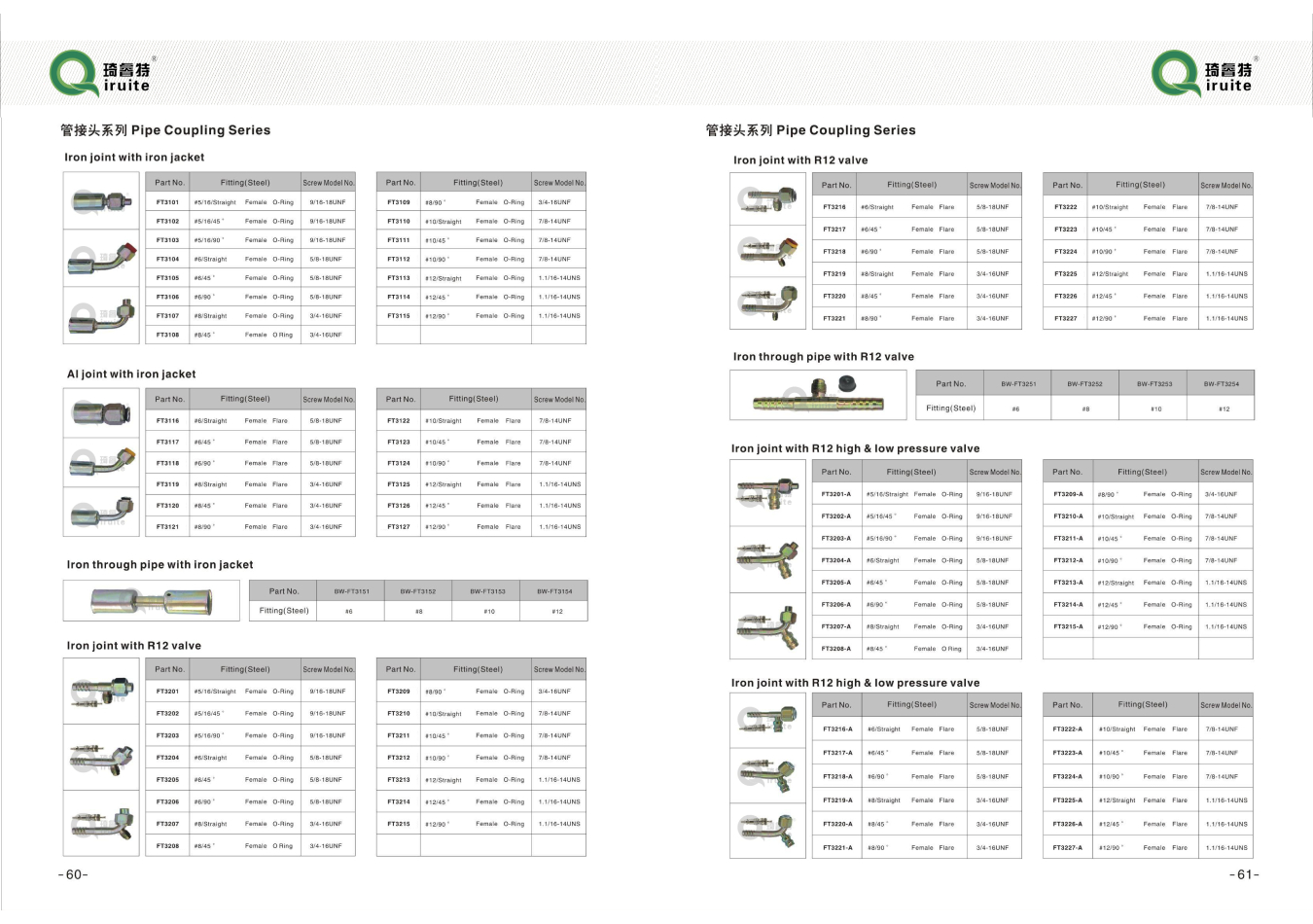High Pressure Power Steering Hose Leak Causes and Solutions for Vehicle Issues
Understanding High Pressure Power Steering Hose Leaks
Power steering is a critical component of modern vehicles, making steering easier and more responsive. At the heart of this system is the power steering hose, which carries high-pressure fluid from the pump to the steering mechanism. While these hoses are designed to withstand significant pressure, they can still develop leaks, which can lead to a variety of issues for your vehicle.
What Causes High-Pressure Power Steering Hose Leaks?
There are several factors that can contribute to the deterioration of a high-pressure power steering hose. One common cause is wear and tear over time. Just as with any other rubber or synthetic component in a vehicle, exposure to heat, moisture, and chemicals can cause the material to break down. This degradation can result in cracks, splits, or even complete hose failure.
Another significant factor is improper installation. If a power steering hose is not installed correctly, it may be strained or pinched, leading to premature wear and leaks. Additionally, if the hose is exposed to sharp edges or other damaging components within the engine bay, it can compromise the integrity of the hose.
Corrosion is also a potential culprit. In vehicles where the power steering fluid is not replaced regularly, contaminants can build up, causing damage to both the fluid and the hose itself. Lastly, if the power steering pump is malfunctioning, producing pressure that exceeds what the hose can handle, it can lead to catastrophic failures.
Signs of a High-Pressure Power Steering Hose Leak
Recognizing the signs of a power steering hose leak is crucial for preventing further damage to your vehicle. One of the most noticeable symptoms is a fluid leak under the vehicle. Power steering fluid is typically a reddish color, so any pooling of this fluid can indicate a serious issue.
high pressure power steering hose leak

Another common sign is difficulty in steering. If you notice that your steering wheel feels stiff or unresponsive, it may be due to insufficient fluid pressure caused by a leak. A whining or groaning noise when turning can also signal power steering issues.
Additionally, keep an eye on the power steering fluid reservoir. If you find that you need to refill this fluid more frequently than usual, it could indicate that there is a leak somewhere in the system. It's essential to act quickly if you notice any of these symptoms, as continued driving with a leaky hose can cause damage to the power steering pump and other components.
Addressing High-Pressure Power Steering Hose Leaks
If you suspect a leak in your power steering hose, it’s important to take action promptly. The first step is to inspect the system visually for any signs of wear or damage. This inspection might require lifting the vehicle and examining the hoses and connectors closely.
If a leak is confirmed, replacing the power steering hose is the most reliable solution. It's crucial to source a quality replacement that meets or exceeds OEM specifications to ensure proper function and longevity. In some cases, it may also be necessary to replace other components, such as the power steering pump, especially if it's been subjected to prolonged low fluid levels.
After replacing the hose, it's essential to bleed the power steering system to remove any air bubbles. This step ensures that the system will operate effectively and helps prevent additional issues down the line.
Conclusion
High-pressure power steering hose leaks can pose significant problems for your vehicle, but with proper awareness and prompt action, you can mitigate the risks. Regular maintenance, careful inspection, and timely repairs will help keep your power steering system functioning smoothly, ensuring a safe and enjoyable driving experience. Always consult a professional mechanic if you are unsure about any symptoms or need assistance with repair work.
-
Ultimate Spiral Protection for Hoses & CablesNewsJun.26,2025
-
The Ultimate Quick-Connect Solutions for Every NeedNewsJun.26,2025
-
SAE J1401 Brake Hose: Reliable Choice for Safe BrakingNewsJun.26,2025
-
Reliable J2064 A/C Hoses for Real-World Cooling NeedsNewsJun.26,2025
-
Heavy-Duty Sewer Jetting Hoses Built to LastNewsJun.26,2025
-
Fix Power Steering Tube Leaks Fast – Durable & Affordable SolutionNewsJun.26,2025

